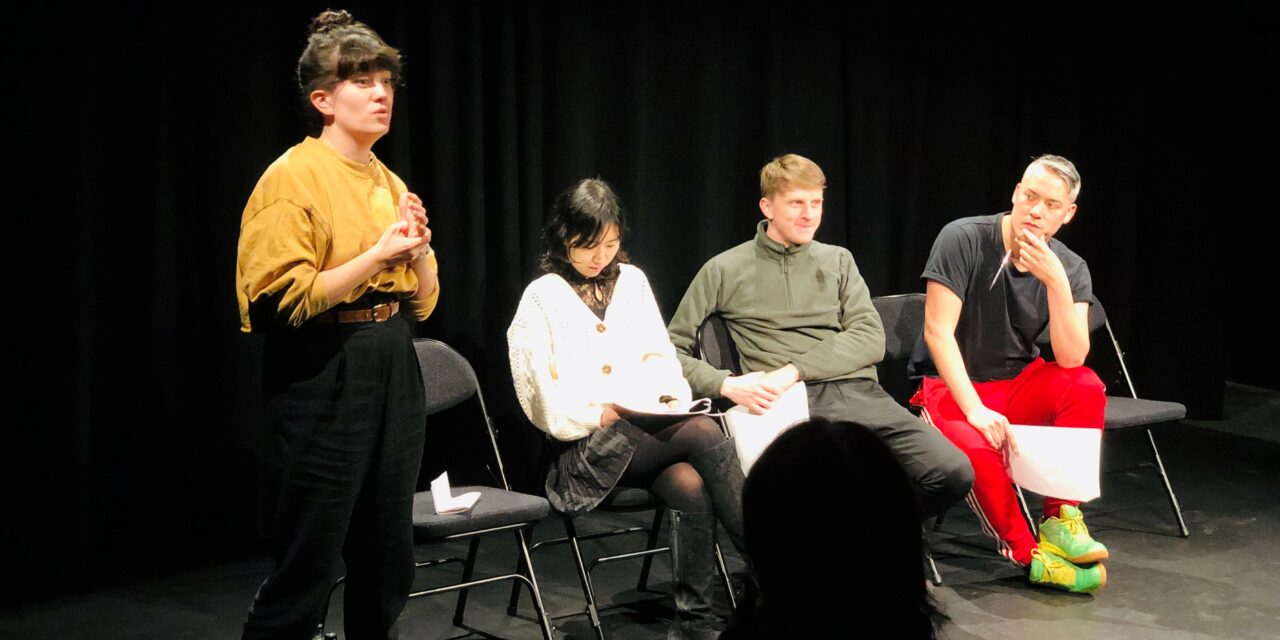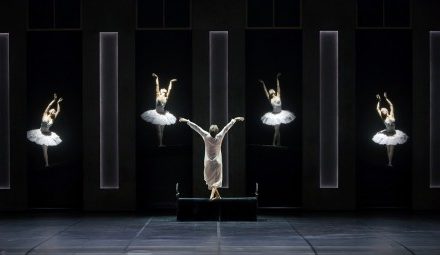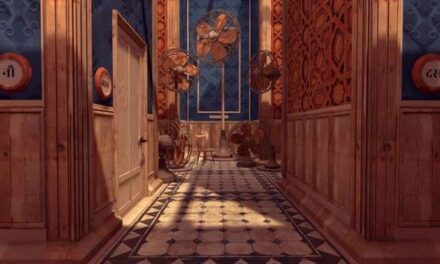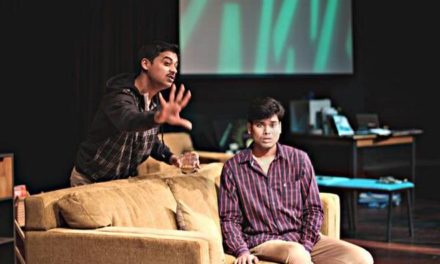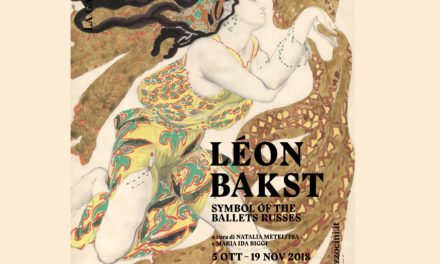In March 2019, translators, directors, performers and researchers gathered at University College London to explore the future of translation and its relationship to theatre, with discussions, publications, a workshop with theatre director and performer Jude Christian. In this personal reflection on the event, Sui He considers the myriad aspects of translating for the stage and how research and practice can combine to forge new creative pathways.
19:00 sharp on Monday 4 March 2019, as a particularly frenetic rush hour in London ended, Bloomsbury Studio welcomed a dynamic group of theatre translation specialists and enthusiasts for an evening packed full of curiosity and excitement. Chaired by Geraldine Brodie (associate professor at UCL), who created the UCL Theatre Translation Forum (TTF) in partnership with the Gate Theatre Notting Hill in 2013-14, the evening celebrated the fifth anniversary of the first series of workshops and seminars bringing academics and theatre practitioners into practice and dialogue around translation in theatre. The session reflected on the past, but more importantly, it looked forward to the future of theatre translation.
Geraldine’s welcoming words about the difficult travel conditions and the victory of arriving at the destination evoked my perception of theatre translation as a journey. Nevertheless, unlike one’s daily commute with a clear destination, theatre translation is a journey with a whole line of possible destinations. Because this is not a journey undertaken alone.
The forum opened with a roundtable discussion on Theatre Translation Futures. Given the fact that it was the fifth anniversary, had we now arrived at the “future” that we were talking about back then? Geraldine reminded the audience that the volume Adapting Translation for the Stage (Routledge 2017), which she co-edited with her TTF collaborator Emma Cole (now a lecturer in Liberal Arts & Classics at Bristol University), had developed from the original series, with some of the contributions represented by the evening’s panelists. So, how had their work in relation to translation developed since the first forum?
Tom Littler, now Artistic Director of the Jermyn Street Theatre, who had written about his experience directing Howard Brenton’s version of Dances of Death at the Gate, reflected on his progress with Strindberg plays over the past years. He recalled how Agnes Broomé’s literal translation helped him to access Strindberg’s work in the first place and how he gradually acquired the knowledge to understand the writer’s thinking and works by crossing the language boundary. For me as a translation researcher, this progress of familiarisation is unavoidably bridged by translation, which involves the reader’s perception of the meaning that texts carry and selective interpretation of the perceived meaning. This process is about balancing and accepting the loss and gain where translation can facilitate the understanding of texts and obscure the original meaning at the same time.
Complementing Tom’s insight, Jo Royce said that “story-telling” was the common ground shared by theatrical and literary contexts and negotiating multi-layered relations in theatrical practice could lead to the ultimate artistic realization and fulfillment. Previously the executive director at the Gate during the early stages of the TTF, Jo is currently the executive director of Candoco Dance Company – a world-leading professional dance company of disabled and non-disabled dancers. Drawing on her professional background, she mentioned that in practice, building the team with translator and dramaturg to tackle both linguistic and cultural nuances was vital. The guideline, as Jo emphasized, was to keep in mind what you really wanted to do with the production and more importantly, different perspectives and re-interpretations would also be needed to make it work.
Picking up the essence of collaboration as a team, Kate Eaton, an actor, scholar and translator, whose contribution to the original series had reflected her collaborative translation work on the Cuban playwright Virgilio Piñera with the director Gráinne Byrne, shared her own further experience of working in the Spanish- and Portuguese-language translation collective Out of the Wings where she had the chance to know what other translators were thinking and doing. For Kate and her fellow translators, joining this collective brightened the “dark room” in which writers and translators stereotypically sit and created spaces for work to happen.
Mingling an academic perspective with a teaching orientation, Marta Niccolai, a senior teaching fellow at UCL, said that since her piece on translation and political theatre for the TTF, she had moved on to migration and refugee studies with regards to the narratives in both theatre and in literature and had also enrolled in a programme at Goldsmiths to pursue her interest in performance studies. She reflected that the notion of pushing boundaries was important for her in the teaching context; that very week she was working with UCL language, culture and society undergraduates in performances of plays in translation at the Bloomsbury Studio.
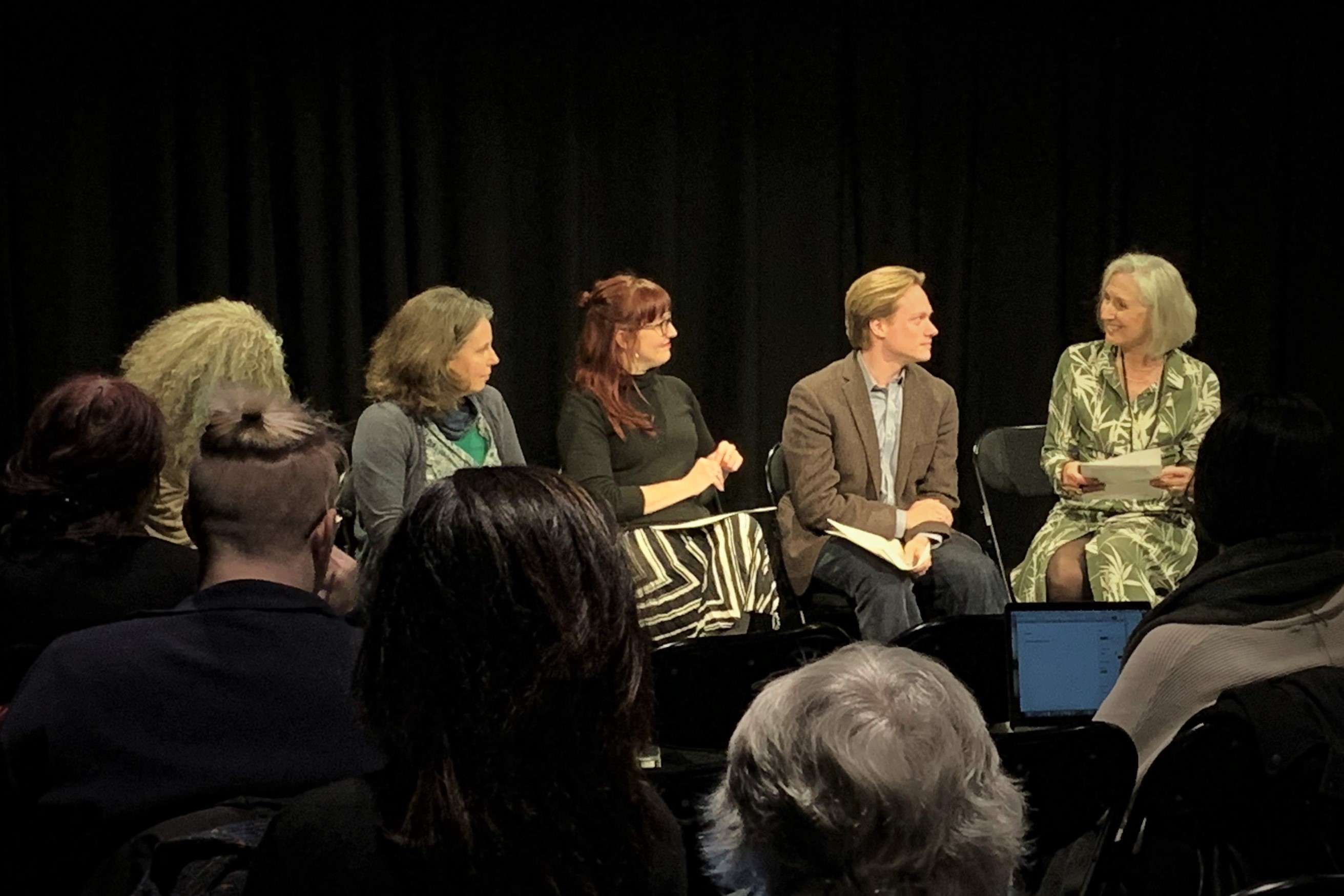
Marta Niccolai, Kate Eaton, Jo Royce, Tom Littler, and Geraldine Brodie brightened the translator’s “dark room” in TTF Forum, Bloomsbury Studio, 4 March 2019. Photo by Sui He.
After reviewing the past, panelists turned to the recent development and future of theatre translation, offering the audience a refreshing itinerary.
Echoing Kate’s collaborative experience, Tom felt that in general, theatre-making had become more open and more had been shared. For example, the involvement of the translator in the rehearsal room challenged the traditional model where translators only had a locked conversation with the dead or live playwright. Tom also speculated that although it was challenging, translation might also be influenced by this increasing openness via interaction between academia and the theatre industry.
Referring to translation in its broader sense as a means of experiencing and understanding, Kate summarised that “the act of theatre is an act of translation and it is the essence of the theatre”. She also noticed that the old view of theatre translation as the “embarrassing uncle” tended to be ignored and boundaries as such were gradually breaking down.
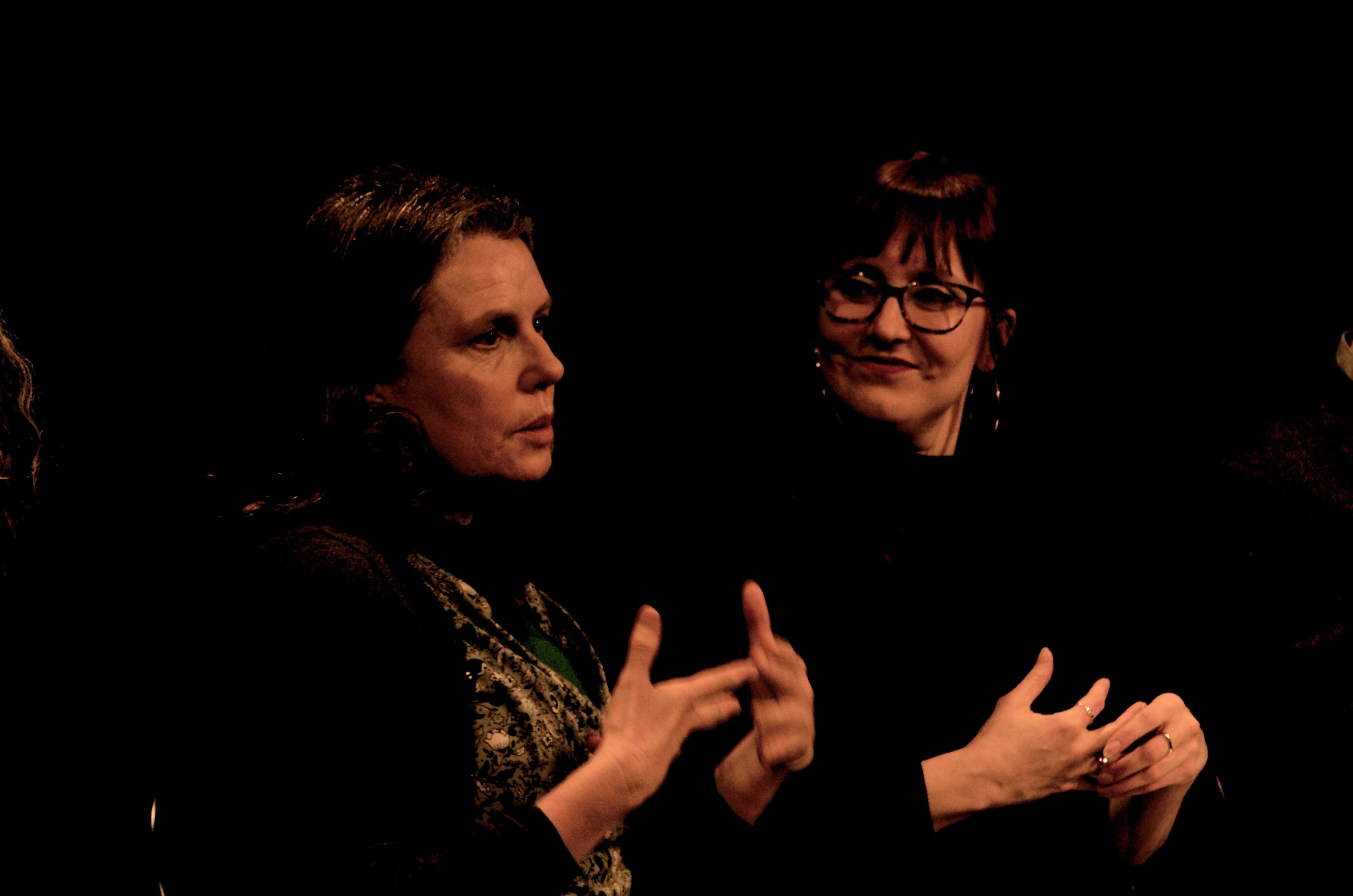
Kate Eaton (left) and Jo Royce (right) were sharing their insights, Bloomsbury Studio, 4 March 2019. Photo by Sui He.
Based on her experiences of working with both disabled and non-disabled dancers, Jo added a fresh view by introducing the translation of “choreographic language” from a physical aspect. In theatre translation, there were informative texts whereas, in choreography, a set of instructions served as the foundation for bodily translation and these choreographic instructions were translated by different sets of bodies and mediums. She further stated that translation as such had an overall influence on the quality and experience of the whole play on the stage and this process of reconstruction – as opposed to replication – was a negotiation between freedom and limits, pushing the boundaries to explore possibilities. This idea of bodily translation was favored by Marta from a theatre education perspective, saying “this is what I would like for students: to experience the text, the physicality, and the boundaries.”
This round of discussion brought translation to its much broader sense and gave rise to the audience’s curiosity in naming “translation” in theatre productions. In response to this question, Kate and Tom noted that what matters was the work since theatre production was a collaborative process enriched by different people’s interaction with the text. It is not a one-person conversation and the final realization of the production is surely not a personal journey. Jo dropped in the practical view that naming “translation” was actually a matter of negotiation in real life. This response somehow swiped away the haze surrounding this long-lasting debate within academia, especially in terms of defining and naming translation and translator, by relocating it to the original practical context. There seems to be various answers to this question from a theoretical side whereas, in practice, negotiation will lead to one destination among the numerous options ultimately.
The roundtable discussion was wrapped up by the very question regarding the acknowledgment of a translator’s contribution in the final production. In general, it is not difficult to find that when a work is finished, the term “translation” either disappears or is given another name. As a result, the movement from one to another language also disappears. So why exactly, do we want to shy away with translation in the art of performance?
From a marketing perspective, Kate and Jo clarified that this action helped to keep things simple. On top of this insight, Tom added that everybody should be acknowledged and where to cut the line seemed pretty tricky. Kate agreed, saying that the original text traveled through a journey with more roles involved than only that of the translator.
During this intriguing discussion section, panelists brought various insights based on their personal backgrounds, giving the audience a constructive catch-up on what was happening in theatre translation and what to expect in the future. As an audience member, the idea I picked up resonates with my general impression on theatre-making based on my previous freelance experience as a Chinese Classics Translation Project assistant at the RSC. In the theatre context, translation is more about how to depart from its textual and exclusive self and become an inclusive ocean filled with possibilities splashing waves against the shore boundary.
After a break, it was time to put discussion into action. Jude Christian (director), Alex Austin (actor), Stephen Hoo (actor) and An-Ting Chang (dramaturg) carried out a workshop based on a scene from the translation of Wei Yu-Chia’s A Fable for Now, winner of the 2014 Taiwanese Literature Award for Playwriting, simulating what could happen in the rehearsal room.
First, though, we heard a recorded translator’s introduction from the writer, translator, and playwright Jeremy Tiang, speaking from his home based in New York. Jeremy introduced that A Fable For Now featured a belligerent duck, bears of at least three different varieties, and a truly extraordinary chicken. In the fable, human and animal characters hurtled towards apocalypse in a variety of ways: environmental disaster, endless warfare, deadlocked government, and a fundamental loss of empathy. This translation has received readings at PEN World Voices and the Typhoon Festival in London. Reflecting on his translation process, Jeremy shared that “one of the joys of theatre translation is you never quite know what is going to happen and you are the intermediary between the original text and the production”, he said, “you interpret the original text and in turn, the production interprets your translation.” As the workshop showed, performing the translation was indeed another translation itself.
Organized by Jude pulling expertise from the actors and the dramaturg together, the workshop started with an oral performance of the translation text by Alex and Stephen with Jude as the narrator. The verbal form of translation is not necessarily as neat as it is on the paper. This feature requires other participants such as director, dramaturg, and actor to add their own insights for further interpretation and re-interpretation of the translation before achieving the final realization.
After reading the text, Jude asked Alex and Stephen for their feeling of the text as actors with a special focus on whether there was anything that they found confusing or didn’t make sense at all. Stephen said that the brother-lover issue was a bit confusing for him. At the beginning of this scene, the two soldiers Ming and Hua were in physical contact fighting against each other, which led to a physiological response of Ming. The nuanced relationship between Ming and Hua started to change from this point onwards and was further flavored by a sophisticated sentimental affection after sharing their own experiences during the war as soldiers, especially after they knew that they were twin brothers from the matching heart-shaped birthmarks. In support of understanding this specific point, An-Ting explained that the nuance of brother-lover issue rested in the recent social development of the non-traditional family in Taiwan such as removing marriage restrictions and passing relevant legislation. With Jude proposing to work around different accents to vivify the North Country and South Country information where Ming and Hua came from respectively, Alex followed up and asked whether the north-south specified Mainland China and Taiwan in this text. Exemplified by other paired usages such as Cat City and Dog Town, An-Ting pointed out that this north-south connotation looked quite vague to her since she believed it was more about styling in fable writing. This dramaturgical input of useful social and cultural background knowledge undeniably complemented the information that text failed to convey on its own thereby making it more accessible for its intended reader – in this specific case – actors and director.
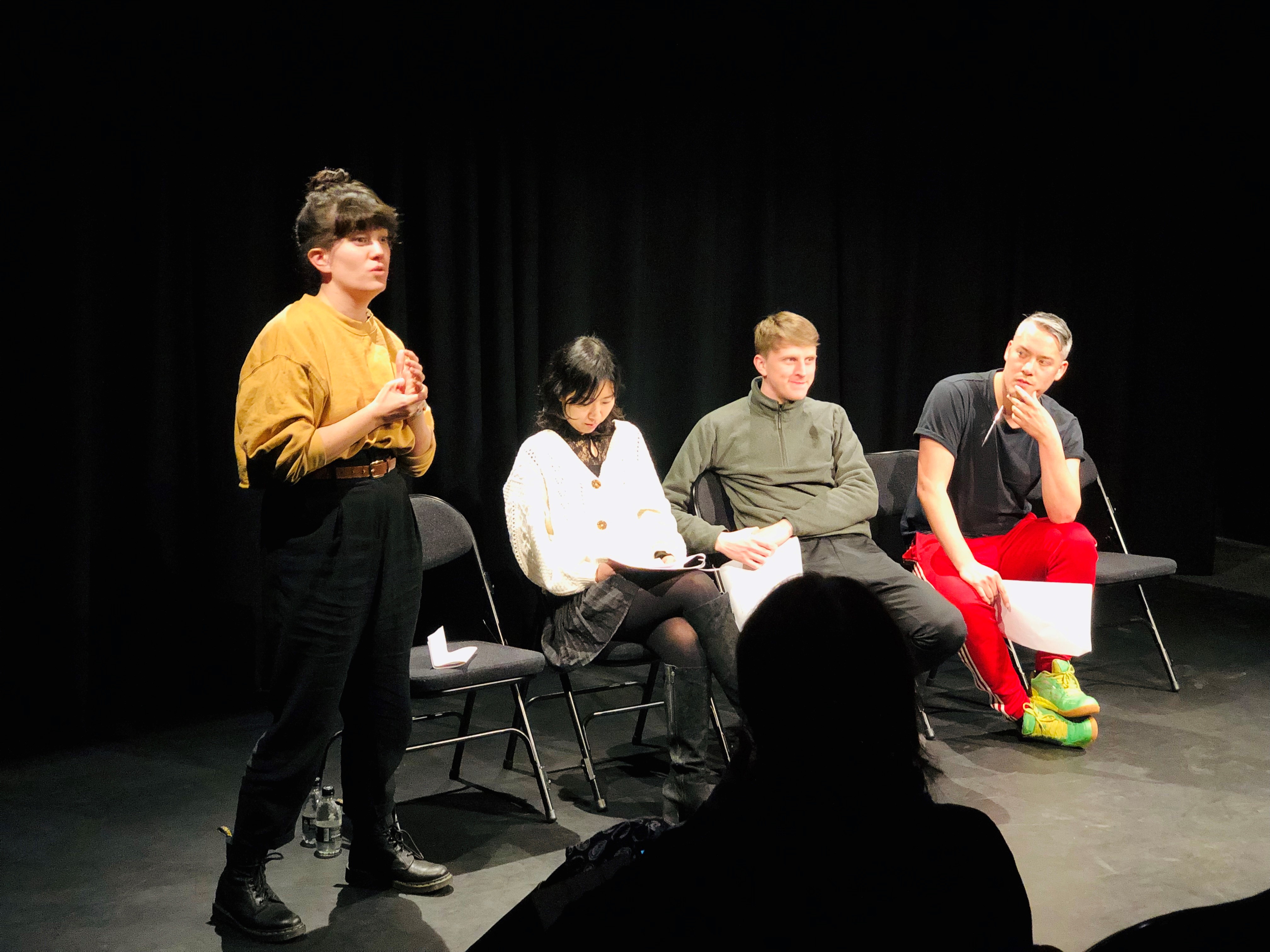
Jude Christian, Chang An-Ting, Alex Austin and Stephen Hoo. Bloomsbury Studio, 4 March 2019. Photo by Yushan Liu.
In addition, cognition is a one-way traffic whereby people tend to take for granted that others are also familiar with the same things. In this case, a fresh pair of eyes is utterly indispensable. For example, An-Ting explained the fable implication of Ming-Hua, Cat-Dog, Peach-Daisy usages in the text to clarify the producer and actors’ doubt. According to her, the names of Ming and Hua, or little Ming and little Hua in colloquial Chinese, were commonly used in fables. Similarly, Cat City and Dog Town didn’t resemble the naming convention in Chinese culture as Alex suspected. Instead, Cat City and Dog Town indicated that this text was a fable from a native speaker’s point of view.
An-Ting’s dramaturgical involvement demonstrated how collaboration by all the theatre practitioners on stage, based on the translated text, enabled the audience to gain a more nuanced understanding of the role that translation can play in the overall theatre production process. The vis-à-vis communication between producer, actors, and dramaturg helped to identify the most prominent issues within translated text, narrowing from a short scene to a few keywords, which showed the depth of engagement and the laborious nature of the development of translation for performance.
Inspired by the heated discussion on the stage especially about the Cat-Dog and peach-daisy combinations, the audience suggested anglicizing these names to make it more accessible to the English audience. In response to this request, Jude instructed the actors to try out a tweaked translation drawing on the expertise of the “translator community” – audience in the studio – with Dick-Willy replacing Ming-Hua, Plebsville-Poshtown replacing Cat City-Dog Town and jellied eel-marigold replacing peach-daisy. This “new translation”, vivified the original translation and highlighted various possibilities of interpreting and reinterpreting a theatre translation in practice.
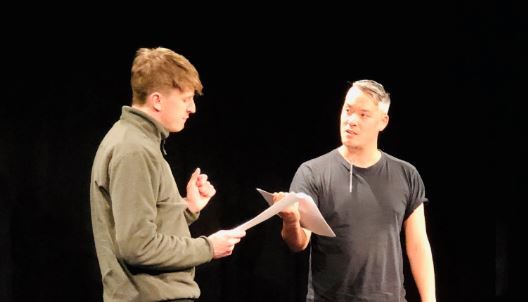
Alex Austin (left) and Stephen Hoo (right) performed Wei Yu-Chia’s A FABLE FOR NOW. Bloomsbury Studio, 4 March 2019. Photo by Yushan Liu.
This was an evening about collaboration and pushing boundaries. The variety of forms incorporated in this forum – including the interaction with the audience and the integration of Jeremy’s comments as a translator at the beginning of the workshop – innovated the notion of “forum” and provided the panelists, theatre practitioners and audience with a memorable experience. Furthermore, the selection of a Chinese play for the workshop signifies that translated work in London is moving beyond the borders of European languages. Illuminated by the lighthouse, I left inspired by theatre to continue my own journey in translation.
Sui He is a PhD student researching on metaphor and translation at CenTraS, University College London.
This post was written by the author in their personal capacity.The opinions expressed in this article are the author’s own and do not reflect the view of The Theatre Times, their staff or collaborators.
This post was written by Sui He.
The views expressed here belong to the author and do not necessarily reflect our views and opinions.

